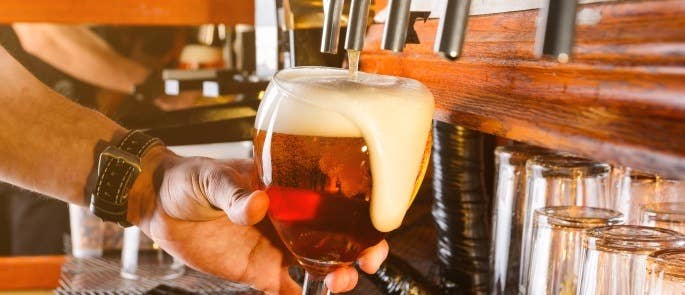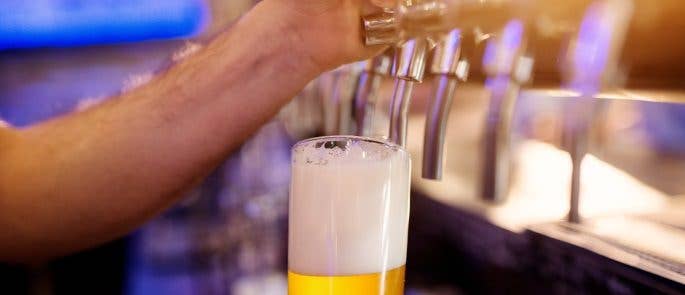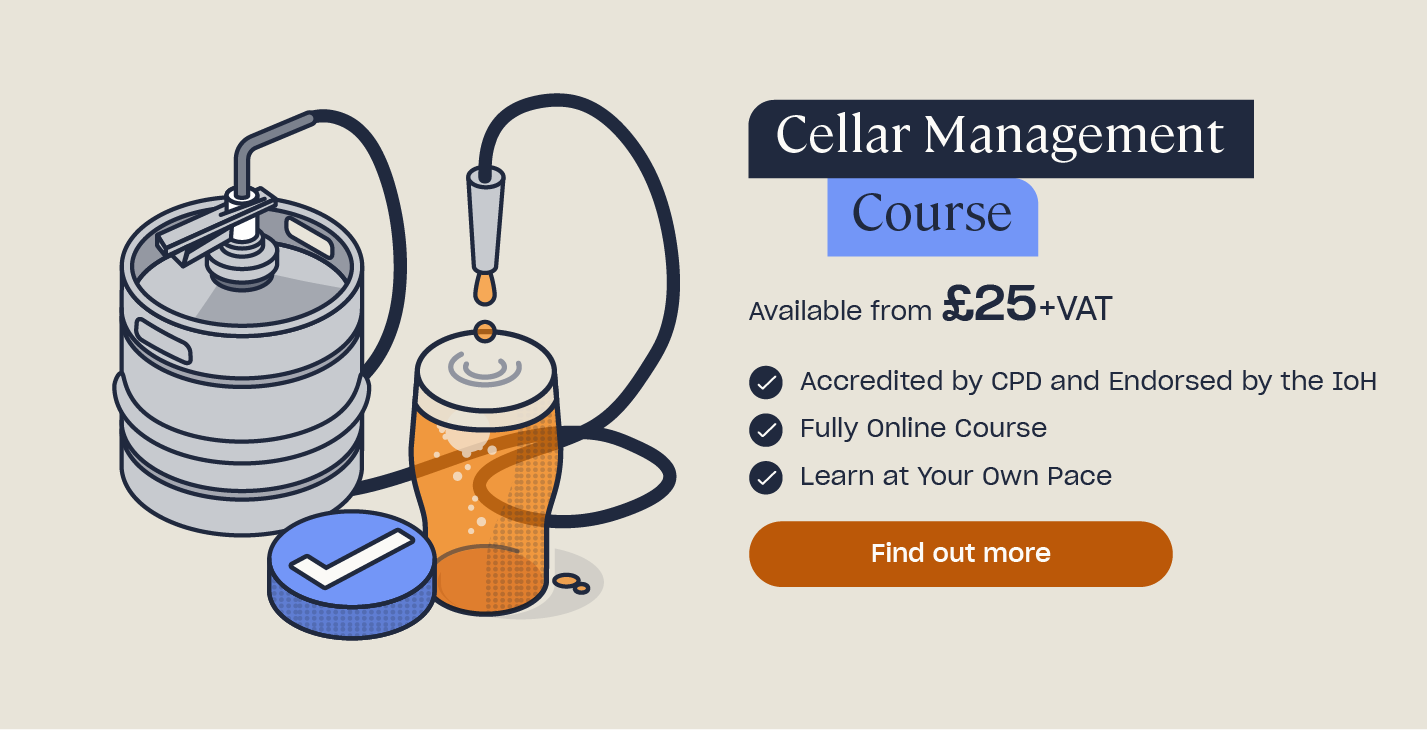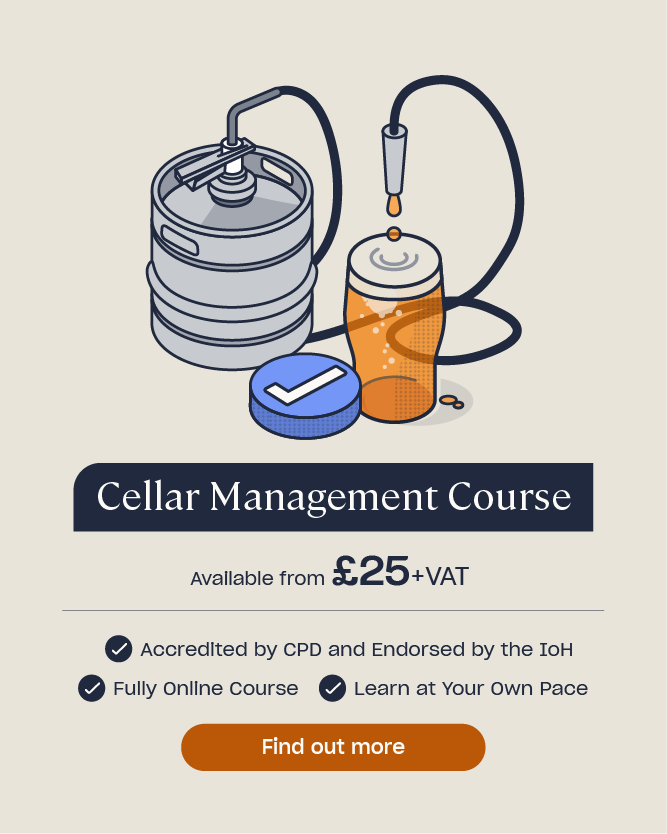Essential Tips for Tracking Your Bar Wastage: Free PDF Download
The best bars and pubs are busy. They have prompt, personable service, excellent product and a great atmosphere. But, it’s important that the need for speedy service doesn’t mean you start to ignore spills and wastage. Your product is a major contributor to your profit after all.
This article will explain the main causes of bar wastage and how you should track it. We’ve also provided a free Bar Wastage Sheet template for you to download and use in your business.
What Are the Main Causes of Bar Wastage?
The first thing you might think of when you hear the term ‘Bar Wastage’ is accidental spills or breakages. However, there are many other ways you might be wasting product. Without properly tracking it, you might not even notice, which will make it much harder to prevent.
Ways you might be wasting product include:
- Poor bar techniques. Incorrect pouring techniques waste your money. Even if you properly train your employees and advise them of bad practice, their techniques might slip with time. Examples of this include pouring two pints at once, turning on the tap before the glass is under it and removing the glass before turning off the tap.
- Pouring pints without a head. Customers might complain that the beer’s head is your way of ripping them off and, on their request, employees might top-off a pint. However, this wastes product and reduces the quality of the pint.
- Slow service. Slow service isn’t just annoying for your customers, it can also impact the quality of your product and lead to high volumes of wastage. You might think topping-off pints that have sat out too long isn’t wasteful, but it adds up.
- Poor hygiene. Poor glass hygiene and maintenance, as well as poor cellar hygiene, can all impact the quality of your beer. Additionally, poor hygiene can lead to many issues when you come to dispense your product, including fobbing, off-tasting and hazy pints. Check out our Cellar Cleaning and Maintenance Schedule article for more information on cleaning your cellar and bar.
- Poor stock rotation and over ordering. If you don’t properly rotate your product, you are likely to experience high volumes of wastage. Beer has a ‘best before’ date and, once opened, has quite a short shelf life, especially cask beers. Therefore, you’ll have high volumes of wastage if you over order, don’t use the beer quickly enough or have poor stock rotation.

Why Do I Need to Track My Bar Wastage?
Simply put, every time you lose product, you lose money. There is evidence to show that many establishments lose around 12% of their product. If you run a 10-tap account, this could result in over 90 pints of wasted beer every week!
Cask Marque estimates that individual pubs could be losing over £14,000 every year due to poor techniques and quality management.
Is this money that you can afford to be losing? If not, then it’s in your interest to track and manage your wastage so that you can avoid it in the future.
What should I Track?
As explained above, tracking your wastage doesn’t just mean recording spills and breakages. Any time you throw away product, you should record it and give the reason. This include’s wastage due to:
- Poor hygiene. For example, wastage due to dirty lines, dirty glasses or contamination by pest infestations. Tracking this will help you to address any persistent areas of poor hygiene, such as tailoring your training or revisiting your cleaning schedule.
- Poor maintenance, such as wastage due to incorrect cellar temperatures or broken glasses. Recurring problems will hint that your employees need a review of your procedures.
- Overstocking. You should record any time that you have to throw away half used casks or kegs. If you continually experience this problem then you might want to consider ordering less product or reducing the number of taps on your bar.
- Poor stock rotation. Use the ‘First In, First Out’ (FIFO) rotation system to ensure that your stock is used before its ‘best before’ date. You shouldn’t be throwing away product because it’s past its ‘best before’ date. If you are, you either have poor stock rotation or are overstocking.
- Customers changing their order once it’s been poured. There isn’t much you can do about customer indecisiveness, but you should still record it as wasted stock.
When you fill in your Wastage Sheet, you should record the product, the quantity and the reason. This will help you to identify any reoccurring reasons for wastage so that you can proactively address them. Wastage is costly, so tracking wasted product and identifying the root of the issue will help you save money in the long run.
Need a Course?
Our Cellar Management Course is ideal for owners, managers, supervisors or anyone who is responsible for line cleaning, barrel changing, cellar health & safety or the profitability of the business on a daily basis.
How Can I Make Sure the Bar Wastage Sheet is Completed
It’s likely that your employees are unaware of the extent of the wastage until you bring it to their attention. Additionally, you might have placed more focus on high sales and speed in the past and neglected to focus on your wastage. To ensure your Wastage Sheet is completed, you could:
- Show your employees. You should track your wastage over one week and calculate how many pints of beer this equates to, you can then use this to hammer home just how much product is being wasted. For example, if you lose an average of 98 pints per week, you could use 98 empty glasses or withdraw the loss in pounds and tip them onto the bar to show how much beer is being wasted.
- Ensure employees understand that wastage needs to be recorded, the information they need to include and where the Wastage Sheets are located.
- Appoint a supervisor for each shift and ensure that they sign off on the wastage sheet at the end of the night.

Free Bar Wastage Sheet Template
We’ve included a Free Bar Wastage Sheet Template to help you ensure your premises runs smoothly. Check out our Cellar Management course for more information on how to reduce your bar wastage and maintain high standards both in the cellar and on the bar.
What to Read Next:
- What Does Alcohol Free and Low Alcohol Mean?
- Cellar Cleaning Schedule
- Refusal of Sales Log – Why do I Need One?
- Cellar Management Training










